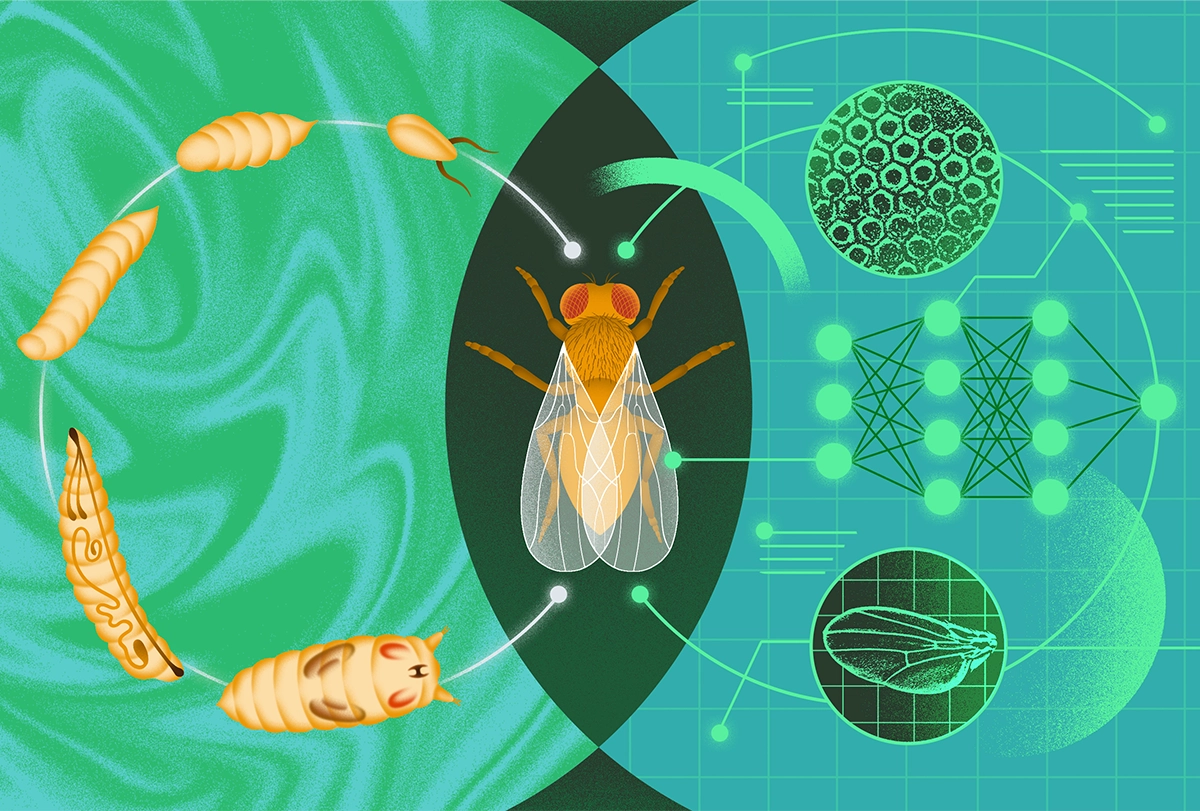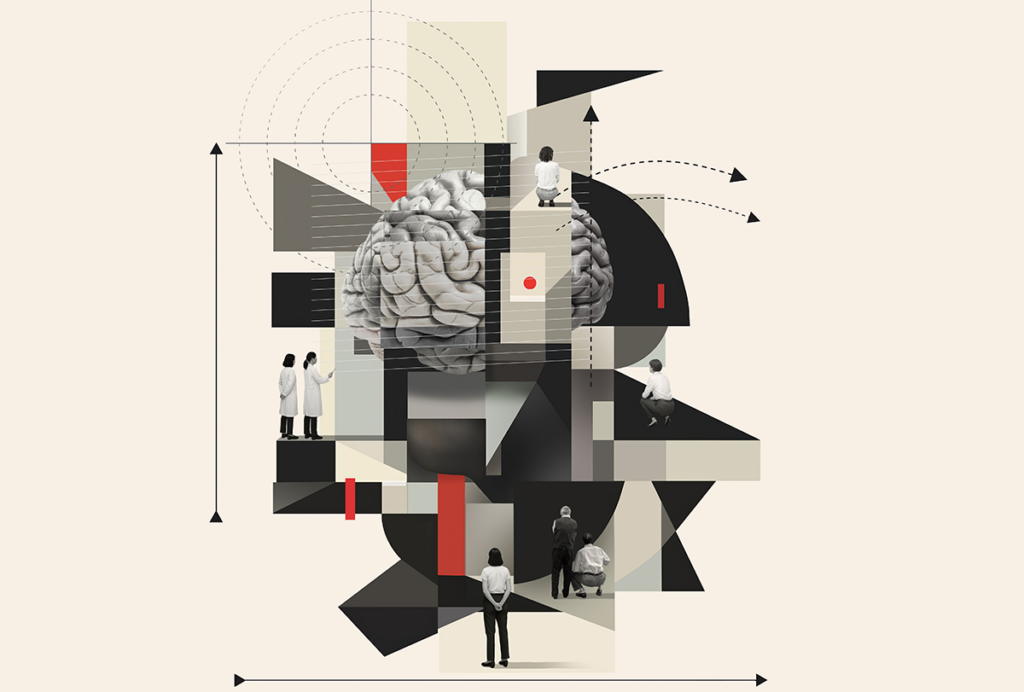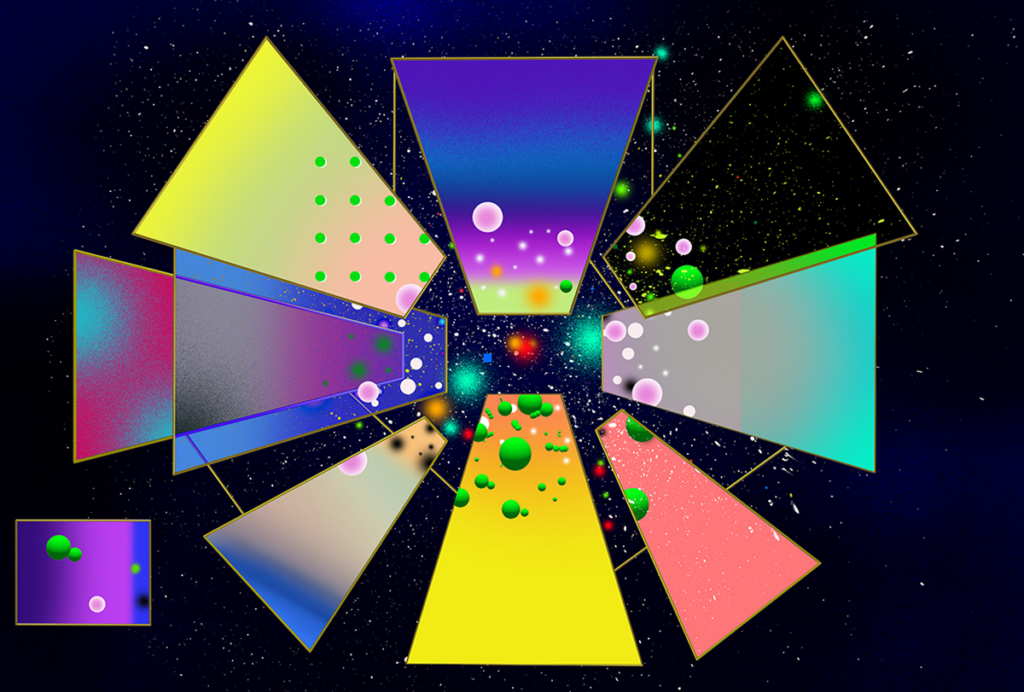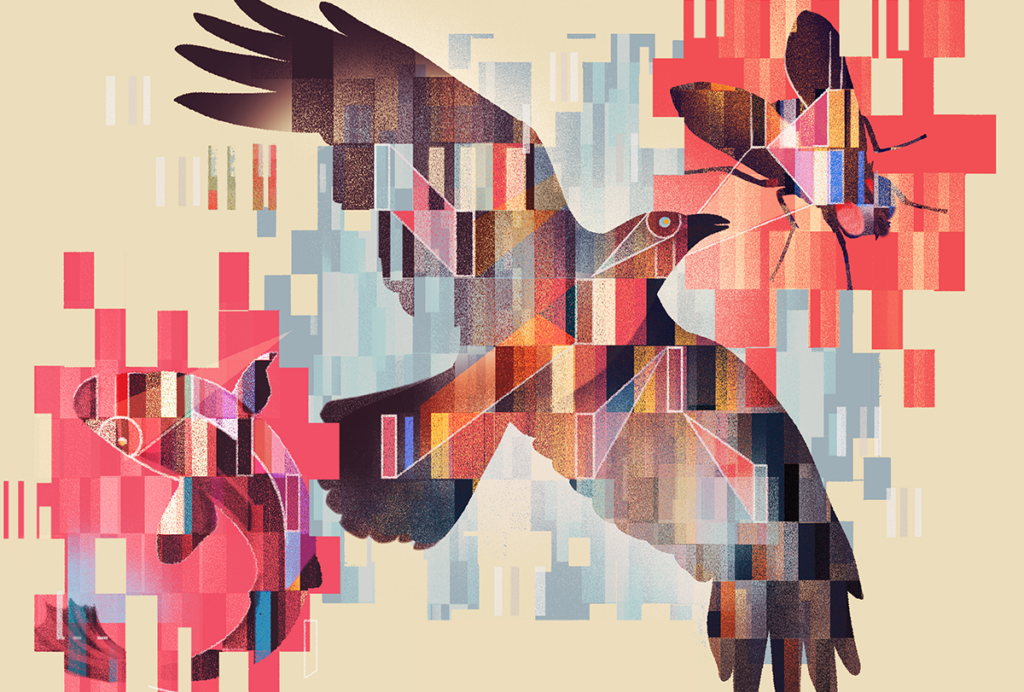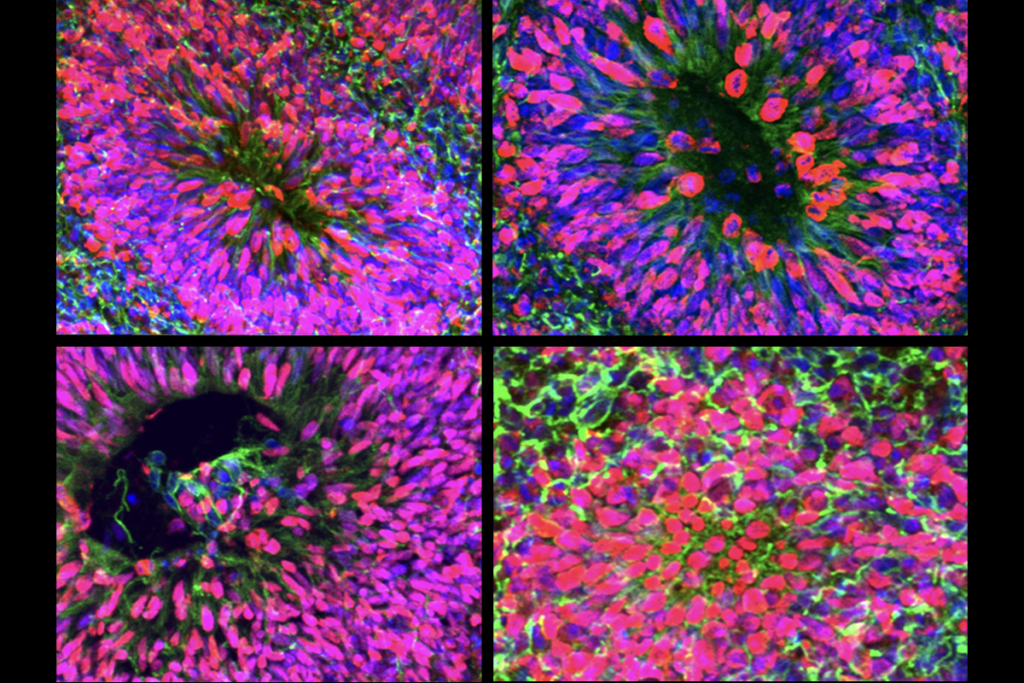Opportunities for innovation arise when ideas and tools from one branch of the life sciences flow into adjacent fields—and neuroscience has often benefited from this cross-pollination. The influx of new molecular biology and genetics tools in the late 1990s, for example, catalyzed a technological revolution for experimental systems neuroscientists. Growing collaborations between systems neuroscientists and computationalists provided new tools to analyze vast troves of neural activity patterns and behaviors. The success of conferences such as our flagship COSYNE (Computational and Systems Neuroscience), which turned 20 this year, reflects this growing momentum.
It’s time again for subfield cross-pollination. Computational and systems neuroscience needs new ideas from other areas, in particular developmental biology. If not, we risk becoming increasingly divorced from the biological entities we purport to study and may overlook the general principles that we seek to find.
At present, computational and systems neuroscience largely ignores development. Over the past 10 years at COSYNE, in fact, roughly 2 percent of talks and abstracts dealt with developmental topics. Of the abstracts that do explore development, most focus on the postnatal stage, such as how neural activity influences the formation of neural connections, rather than embryonic development.
As a frequent COSYNE attendee with a background in development, I see how these omissions reflect a missed opportunity. Development offers us a wealth of new questions, tools and data—and potentially a new wave of innovation. We stand to benefit immensely through collaborations with development. Here’s how.
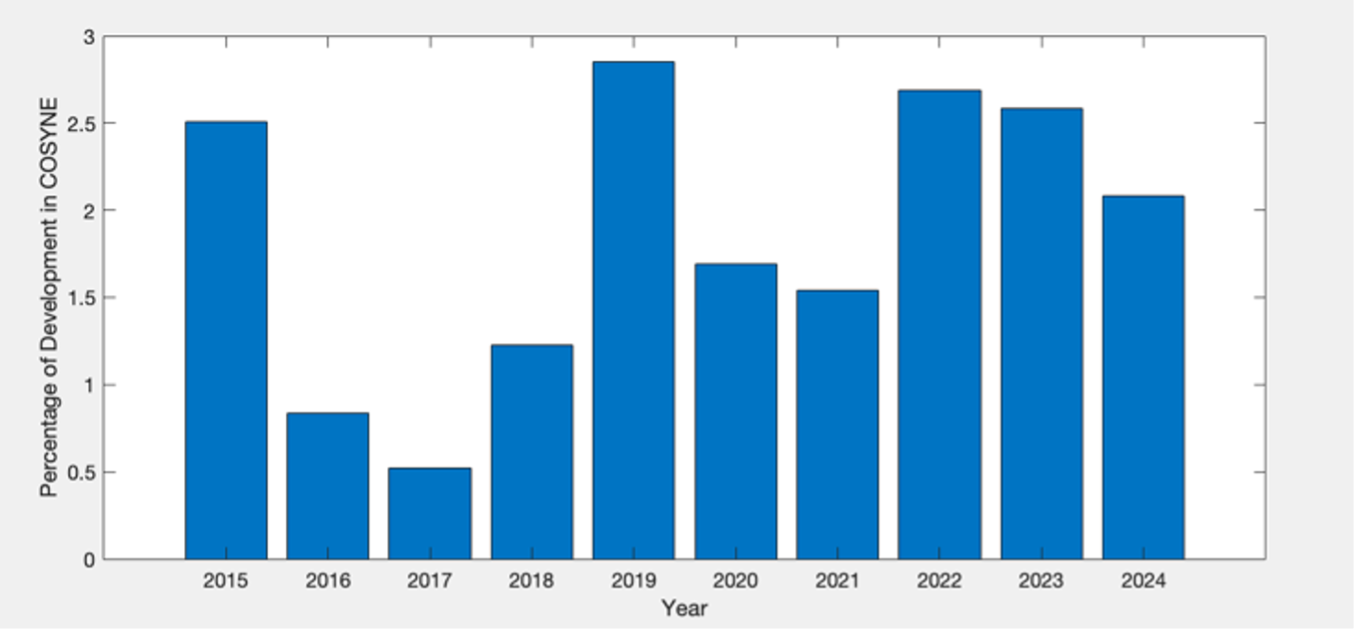
F
or computational neuroscientists, development provides an abundance of datasets to model. Thanks in part to an explosion of new technologies, such as high-throughput cellular profiling techniques, developmental biologists are churning out immense multimodal datasets, including gene-expression databases and time-lapse anatomical measurements. Unfortunately, computational neuroscientists often ignore gene expression, typically focusing on action potentials as the currency of information processing in the nervous system. This misses a vital component of neural circuits—not only do genetic pathways establish neural circuits, they themselves also process information, both during development and in adult tissue.In addition to providing new data, development as a field offers theorists a new set of questions that could help reframe perspectives and reorient priorities. For several decades, theory in neuroscience has focused on identifying fundamental principles at the level of neural coding, computation and representation. From such a view, the nervous system is often considered a pre-programmed system, optimized for specific computations. But as Oliver Sacks so eloquently described, research through the lens of neurodevelopmental conditions has revealed “a new view of the brain, a sense of it not as programmed and static, but rather as dynamic and active, a supremely efficient adaptive system geared for evolution and change, ceaselessly adapting to the needs of the organism …”
In this framework, the fundamental principles of the brain are those rules that govern how evolution, development and plasticity enable new innovations in information processing. Indeed, development is known to follow inherent mathematical rules and its own self-consistent logic. Cell migration, selection and death, and axon pathfinding, all of which are essential to building the nervous system, involve stochastic processes that lead to emergent patterns. Evolution and development have historically been a ripe area for theoretical insight, and greater links with computational neuroscience could benefit our field.
Developmental neuroscience also offers new experimental avenues to study circuits themselves. When a systems neuroscientist wants to alter behavior, we typically perturb cell types or signaling pathways in adults. When evolution alters behavior, it acts through genetic mechanisms that modify development. These changes ultimately alter cell types, plasticity rules and circuit structure. To test our theories, experimentalists can incorporate the tools of evolution by hacking development to reengineer brain structures.
A beautiful example of this is recent work by Maria Ahmed, Josie Clowney and their colleagues, who used a genetic approach to alter neural development in Drosophila, producing animals with a variety of distinct neural wiring patterns in their mushroom bodies. Circuit and behavioral analysis of these developmentally engineered animals enabled the researchers to test long-standing hypotheses about the functional role of “expansion layers” in neural computations. They found, for example, that changes in the density of connections altered sensory selectivity of individual neurons, while changes in cell number altered and could even improve the flies’ ability to learn to discriminate odors.
T
hese types of developmental rewiring experiments provide a valuable complementary approach to study the function of specific circuit motifs and, perhaps in the future, to test more general principles of nervous system design. For example, one intriguing idea to test is that the brain has evolved the capacity to adapt to circuit perturbations, such as new or modified sense organs, and that developmental critical periods provide the plasticity needed for such evolutionary innovations.New intellectual opportunities are not the only motivation to embrace development, as understanding brain development is of great public value. The prevalence of neurodevelopmental conditions, such as autism and schizophrenia, and the relative lack of effective therapy highlight the pressing need for more interaction between our fields. I would like to see systems and computational neuroscientists apply the tools they use to study the adult brain to better understand how information processing in neural circuits changes during critical periods of development.
To achieve these goals, we need to better promote interactions between computation, systems and developmental neuroscience. In the short term, we can incorporate more developmental neuroscientists into programming at conferences such as COSYNE, Reinforcement Learning and Decision Making (RLDM) and Cognitive Computational Neuroscience (CCN). Recent successes, including a COSYNE workshop organized by Dániel Barabási and André Ferreira Castro and keynotes by Catherine Hartley at COSYNE and CCN, show that audiences are interested in this topic.
For the long term, let’s train a generation of neuroscientists to be conversant in multiple disciplines—computation, systems and development. Similar strategies have been successful in bridging the computational and systems neuroscience disciplines over the past 20 years.
